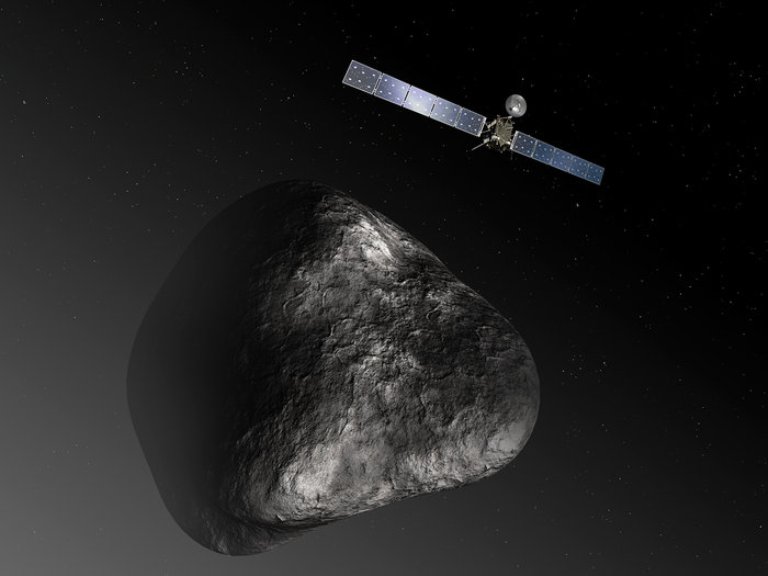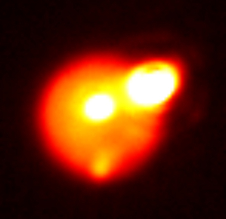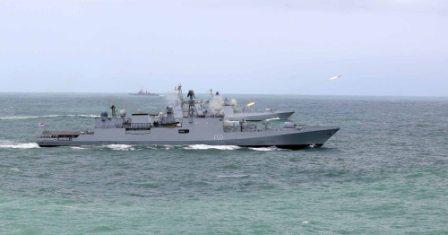
Artist's impression of the Rosetta orbiter at comet 67P/Churyumov-Gerasimenko. Image credit: ESA
PARIS (BNS): After voyaging 6.4 billion kilometres through the Solar System for over a decade, European Space Agency's comet chaser Rosetta is finally closing in on its destination and will rendezvous with the Comet 67P/Churyumov-Gerasimenko on Wednesday.
It will be a historic mission for the tiny space probe that will, for the first time, rendezvous with a comet, escort it as it orbits the Sun, and deploy a lander to its surface.
Launched on March 2, 2004 by an Ariane V rocket, Rosetta has looped around the Sun five times, picking up speed through three gravity-assist swingbys at Earth and one at Mars, to enter an orbit similar to that of its destination.
The 67P/Churyumov-Gerasimenko comet is an icy body and presently rotating at a speed of 55,000 km/h in an elliptical 6.5-year solar circuit that takes it from beyond the orbit of Jupiter at its furthest point, and between the orbits of Mars and Earth at its closest to the Sun.
Since early May, mission controllers at ESA through a series of carefully crafted manoeuvres have endeavoured to slower down the speed of Rosetta with respect to the comet by about 2,800 km/h, so as to ensure its arrival there on August 6 at a distance of just 100 km away.
Meanwhile, the spacecraft has made its first temperature measurements of the target comet, finding that it is too hot to be covered in ice and must instead have a dark, dusty crust.
Using its visible, infrared and thermal imaging spectrometer VIRTIS between 13 and 21 July, scientists have determined that the comet's average surface temperature is about -70ºC.
Although -70ºC may seem rather cold, importantly, it is some 20-30ºC warmer than predicted for a comet at that distance covered exclusively in ice.
While Rosetta will study the nucleus of 67P/Churyumov-Gerasimenko and its environment for nearly two years, it will also release the Philae lander on the comet's surface to focus on the composition and structure of the comet nucleus material. It will also drill more than 20cm into the subsurface to collect samples for inspection by the lander's onboard laboratory.
The space probe is carrying 11 scientific instruments.
 Previous Article
Previous Article Next Article
Next Article











The Indian Air Force, in its flight trials evaluation report submitted before the Defence Ministry l..
view articleAn insight into the Medium Multi-Role Combat Aircraft competition...
view articleSky enthusiasts can now spot the International Space Station (ISS) commanded by Indian-American astr..
view article